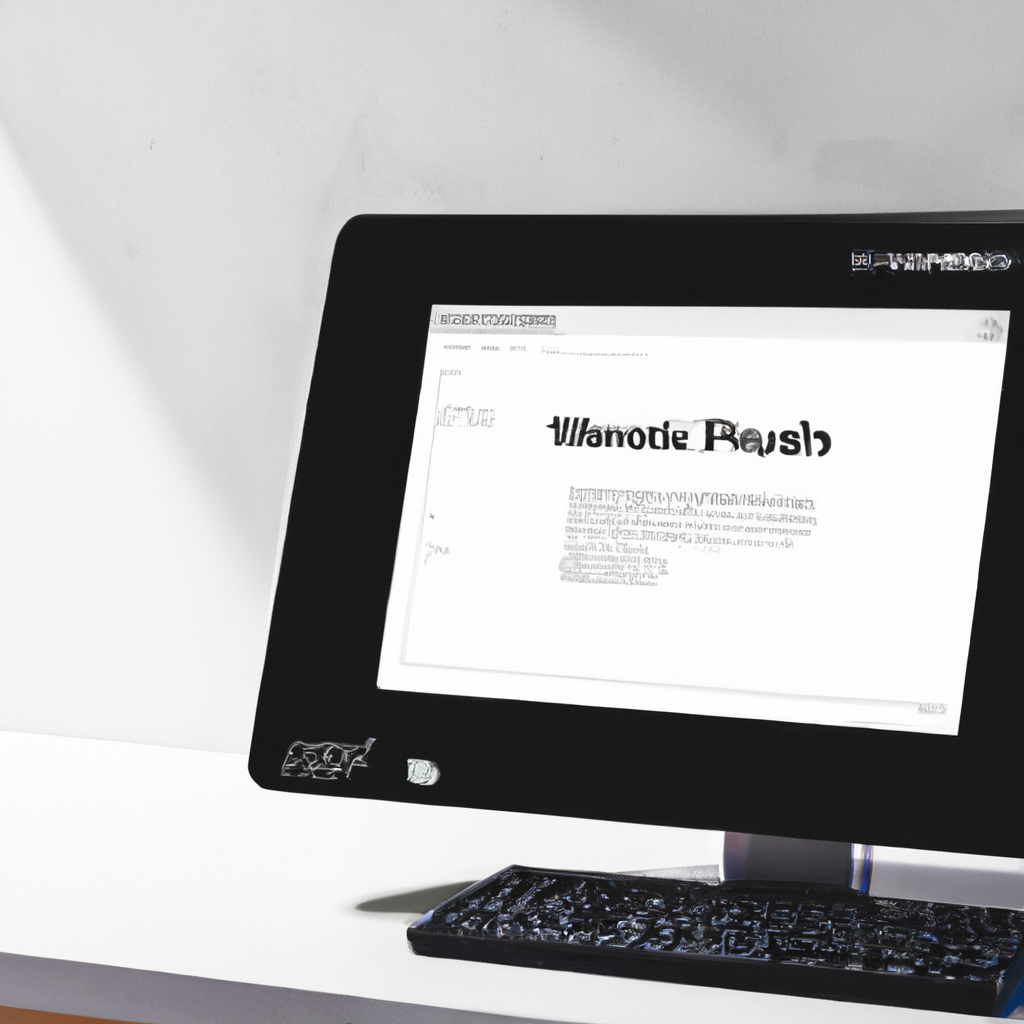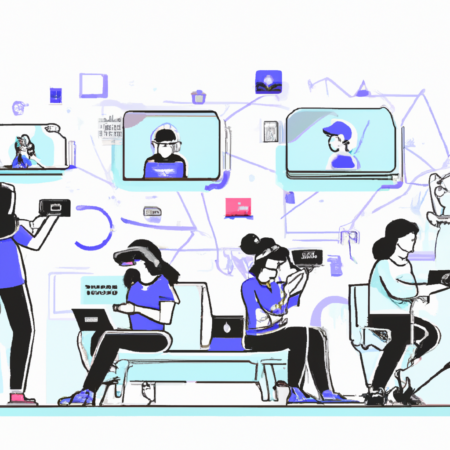Embracing Simplicity: How Minimalist UX Design Shapes Future User Experiences
In the digital world of 2025, the essence of User Experience (UX) design has dramatically shifted towards minimalism, a trend that enhances user satisfaction by simplifying interactions and focusing on essential functionalities. This blog post explores the impact of minimalist UX design on modern digital products and how businesses can leverage this approach for better user engagement and increased conversion rates.
Understanding Minimalist UX Design
Minimalist UX design is more than just an aesthetic choice; it’s a comprehensive approach that involves decluttering interfaces, simplifying workflows, and prioritizing content that is essential for user tasks. By stripping away non-essential elements, designers can create a product that is not only visually appealing but also highly functional.
Benefits of Minimalism in UX
The benefits of adopting a minimalist approach in UX design are manifold. Not only does it reduce the cognitive load on users, making digital products easier and faster to navigate, but it also enhances the overall aesthetic, which can be crucial for first impressions. Additionally, minimalist design often results in faster loading times and better performance across devices, a critical factor in user retention and satisfaction in 2025.
Case Studies
Several leading tech companies have successfully integrated minimalist design into their products. For instance, a popular social media platform redesigned its interface to focus more on user-generated content with less visual clutter, resulting in a 30% increase in daily active users. Another example is an e-commerce giant that simplified its checkout process, which decreased cart abandonment rates by 25%.
Implementing Minimalist Design in Your Projects
To implement minimalist design, start by evaluating the current user interface and identifying elements that do not add value to user tasks. Focus on functionality and use visual hierarchy to guide users through your digital product efficiently. Remember, the goal is to enhance user experience by simplifying interactions, not just to create a visually clean layout.
The Future of UX Design
As we move further into the decade, minimalist UX design is set to dominate the field, influencing how designers and developers create and innovate. Companies that embrace this trend will likely see improved user engagement and higher satisfaction rates, making it an essential strategy for competitive advantage in the digital age.
In conclusion, embracing a minimalist approach in UX design is not just about following a trend. It’s about committing to user-centric design principles that prioritize clarity, functionality, and aesthetics, thereby ensuring that digital products are accessible, enjoyable, and effective for all users in 2025 and beyond.






